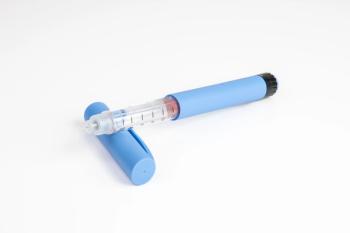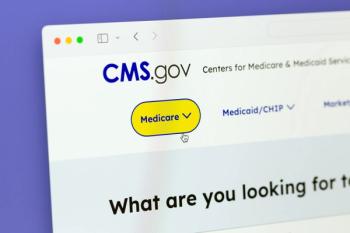
AMCP 2022: Walgreens Used Targeted Outreach to Boost COVID-19 Vaccination in Socially Vulnerable Areas
A COVID-19 risk score helped steer outreach efforts to people who weren’t getting vaccinated by the pharmacy chain earlier in the pandemic.
An outreach effort by Walgreens based on a homegrown COVID-19 risk index resulted in a greater number of people from disadvantaged situations receiving the first dose of the Moderna COVID-19 vaccine, according to research presented at the Academy of Managed Care Pharmacy’s annual meeting, AMCP 2022, this week in Chicago.
“At the beginning of the epidemic we were actually doing a fairly poor job of targeting the most vulnerable population. We recognized that very quickly,” said
Roberts said that she, with the help of others, developed a COVID-19 risk score based on medications people were taking (information available to Walgreens), where they lived, their race and ethnicity, and other factors. They used those risk scores to organize outreach efforts that prioritized people at the greatest risk. The outreach efforts include phone calls, in-person discussions with pharmacists and some special efforts, such as sending “vaccination vans” to churches in areas with low vaccination rates,
A chart in the poster that Roberts presented at the meeting showed the percentage of people from counties with
Overall, from Dec. 18, 2020, through Dec. 31, 2020, the 17.1% (823,473 of 4,812,847) of the people who received at least one dose of the Moderna vaccine at a Walgreens or one of the company’s outreach sites were from counties with a high social vulnerability index. Those from counties with a low social vulnerability index constituted 19.93% (959,099 of 4,812, 847).
Roberts’ poster shows that a larger proportion of the people that Walgreens vaccinated with the Moderna vaccine were Hispanic/Latino than those in the U.S. population (18.5% vs. 17.2%) but a smaller portion of the drugstore chains vaccinees were Black (11.8% vs. 12.4%).
Roberts also reported that 36% of the Walgreens patients in rural areas received at least one dose of the Moderna vaccine.
Roberts said she is working on paper that will report research identifying which types of outreach efforts are more effective at getting people vaccinated. She is also examining the factors affecting the uptake of the second of the initial two-dose series of the Moderna vaccine and the booster.
Walgreens pharmacists also vaccinate people with the Pfizer vaccine, so this research, sponsored by Moderna, paints an incomplete picture of Walgreens’ vaccination efforts.
Roberts said the overall number of people vaccinated by Walgreens and the importance of having pharmacists administer the COVID-19 vaccines should be one of the takeaways from her research.
“Walgreens alone and just for the Moderna vaccine, vaccinated almost 5 million patients. If pharmacists were not allowed to vaccinate, we don’t necessarily know that these patients would have had access to vaccine, especially these patients who are in rural areas that are highly socially vulnerable that may have a distrust of their doctor or no doctor at all.”
Newsletter
Get the latest industry news, event updates, and more from Managed healthcare Executive.




















































